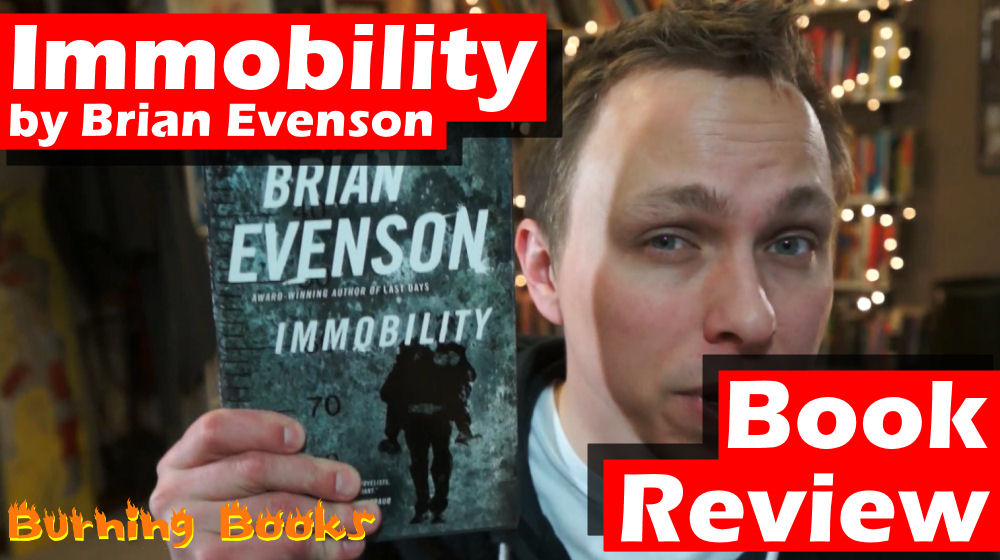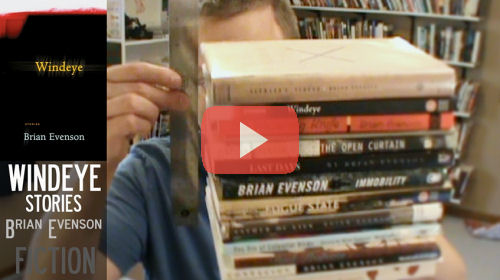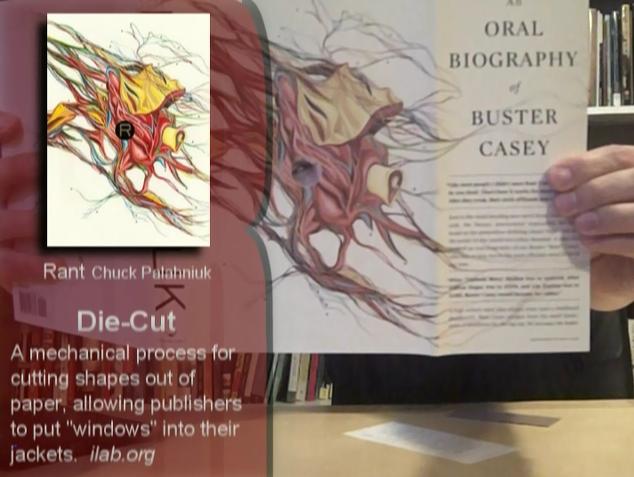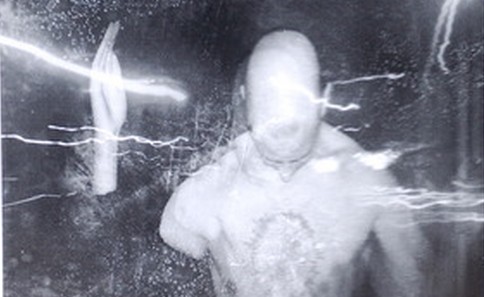Immobility is about an amnesiac man named Horkai, and in typical amnesic style Horkai begins this novel having no idea who he is, where he is, or who those around him are. So, he must trust the word of those around him, namely a man named Rasmus. Rasmus tells Horkai that he has been brought out of a cryogenic state after 30 or so years and must go on a mission to retrieve something for Rasmus. So, Horkai does. Now the first half of the novel plays around with Horkai's alternating discovery of and hesitation to accept his surrounds. It's a typical blank memory novel for a while. But then, the novel quickly becomes so much more. It becomes, what I interpret, as a commentary on organized religion, specifically the aggressive, and perhaps selfish, nature of religions missionaries. See, during Horkai's journey, he finds people who seem very willing, eager…
Tag Archives brian evenson
Four years ago I read a passage from Brian Evenson's creepy story "Eye" to my toddler (watch it here: https://www.youtube.com/watch?v=S522l8f0q1s). I revisit the experience to see if my child's reaction to and perceptions of the story have changed.
Now that Christmas is over, we must begin the long process of thanking each of the kind people to have given us gifts this holiday. I know how arduous this can be, so I’ve taken it upon myself to offer some of my own thank yous as examples that you may wish to follow. Fair warning: don’t follow these examples.
I’ve never hidden my love for the work of Brian Evenson. In fact, overly enthusiastic may be a good way to describe my infatuation. His stories are like none other, both in concept and execution. So, know that this review of Windeye, Evenson’s latest story collection, comes to you with a deep history of appreciation. You aren’t getting a first-time reader here. You are getting a fan’s true perspective. With that being said, WHAT A DAMN FINE BOOK!
In this episode I examine two examples of book design: the die-cut cover and the photo finish (or ImageWrap) while touching on the the embossed hardcover. Examples include Denis Johnson's Nobody Move, Chuck Palahniuk's Rant, Donna Tartt's The Little Friend, Tim Etchells' The Broken World, Brian Evenson's Baby Leg, and Will Christopher Baer's Hell's Half Acre.
Easter Eggs, you know, those hidden references in movies, books, websites, and more that aren't necessary but are damn fun in a treasure hunt sort of way. I planted a few (13 to be exact) in my newest novel, I Didn't Mean to be Kevin. In this, part 2, I reveal references to T.C. Boyle, Steve Aylett, Craig Clevenger, Brian Evenson, Will Christopher Baer, Octavio Paz, and Flannery O'Connor. Seven down, four to go. After watching, be sure to subscribe to my YouTube channel to stay updated on new videos
Logically, grotesque noir can be defined by a mashup of the traits that define grotesque and noir separately, so perhaps we can best define the combined term by investigating the individual components. What is noir fiction? Noir fiction is not so much a genre as it is an overlay to existing genres. Most people probably think of early black and white detective films as representative of noir, and while those films may represent some of the overlay's qualities, in truth film noir can generally be more accurately (more specifically) categorized as detective noir or mystery noir. So what exactly is this mysterious noir overlay? There are a few fantastic attempts at definition out there. A couple of the most important, I think, are: From Noir Fiction Is About Losers, Not Private Eyes by Otto Penzler: Noir is about losers. The characters in these existential, nihilistic tales are doomed. They may…





